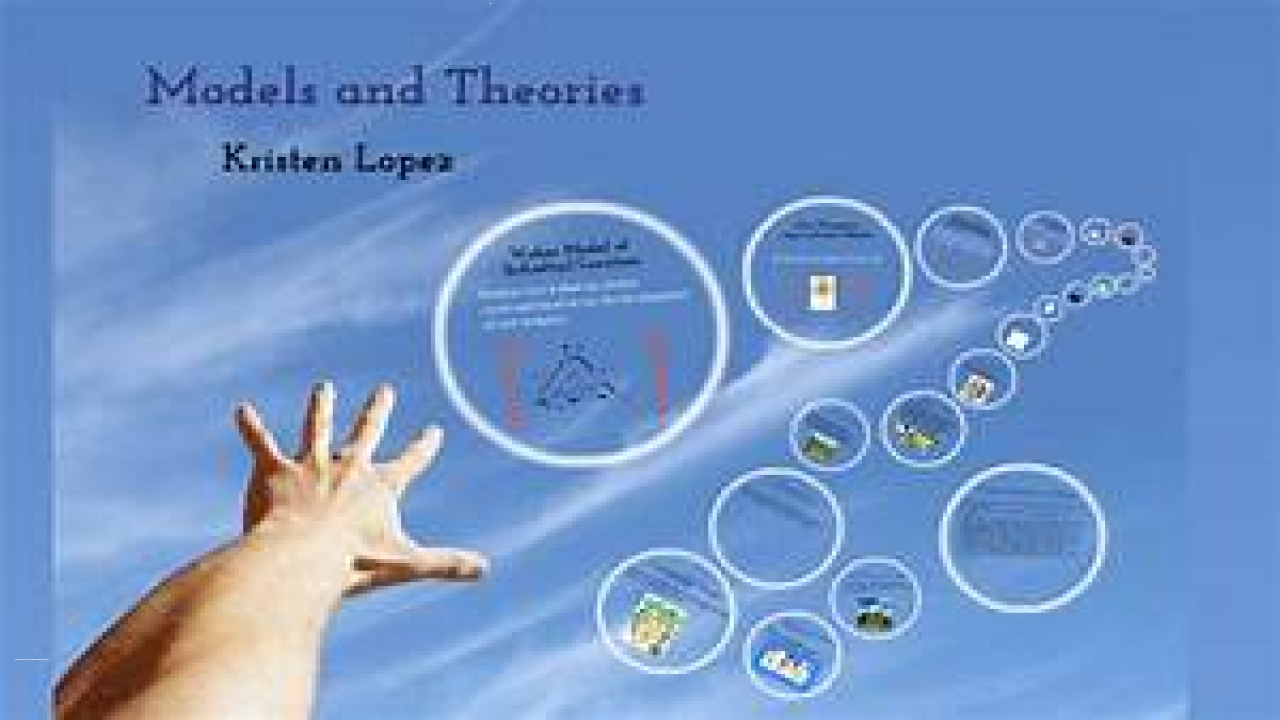Models, Theories, and Laws in Human Geography
Human geography is a field of study that examines the spatial patterns and interactions between human populations and their physical and cultural environments. Within this field, there are various models, theories, and laws that have been developed to help explain the complex relationships between human populations and their environments.
Meaning of Models, Theories, and Laws in Human Geography
Models, theories, and laws in human geography are tools used to explain, predict, and understand the spatial patterns and interactions between human populations and their environments. These tools are developed based on empirical observations, and they can be used to test hypotheses and make predictions about the relationships between human populations and their environments.
History of Models, Theories, and Laws in Human Geography
The development of models, theories, and laws in human geography has been an ongoing process for centuries. The earliest examples of this can be traced back to the ancient Greeks, who developed theories about the relationship between human populations and their environments. In modern times, the development of models, theories, and laws in human geography has been driven by advances in technology, such as geographic information systems (GIS) and remote sensing.
Types of Models, Theories, and Laws in Human Geography
There are several types of models, theories, and laws in human geography, including:
- Spatial Interaction Models: Spatial interaction models are used to explain how people, goods, and information move between different locations. These models are often used to understand migration patterns and transportation systems.
- Urban Models: Urban models are used to explain the spatial patterns and interactions of urban areas. These models are often used to understand the growth and development of cities.
- Environmental Models: Environmental models are used to explain the relationships between human populations and their physical environment. These models are often used to understand the impacts of human activities on the environment.
Examples of Models, Theories, and Laws in Human Geography
Here are some examples of models, theories, and laws in human geography:
- The Gravity Model: The gravity model is a spatial interaction model that explains how the movement of people, goods, and information is influenced by the distance between different locations and the size of the populations in those locations.
- The Burgess Model: The Burgess Model is an urban model that explains the spatial pattern of cities, with the central business district at the center and the residential areas radiating outwards in concentric circles.
- The Environmental Kuznets Curve: The Environmental Kuznets Curve is a theory that suggests that environmental degradation initially increases as countries develop economically, but eventually decreases as they reach a certain level of economic development.
Issues with Models, Theories, and Laws in Human Geography
Despite their usefulness in explaining and predicting the relationships between human populations and their environments, models, theories, and laws in human geography can also face several issues, including:
- Simplification: Many models and theories in human geography are oversimplified, and they may not fully capture the complex relationships between human populations and their environments.
- Spatial Scale: Many models and theories in human geography are developed at a particular spatial scale, such as the local or regional level, and they may not be applicable at other scales.
- Lack of Data: Many models and theories in human geography require large amounts of data to test and validate, and data can be scarce or unreliable in many parts of the world.
- Bias: Models and theories in human geography can be influenced by political, cultural, and social biases, which can lead to unequal representation and understanding of different regions and populations.


